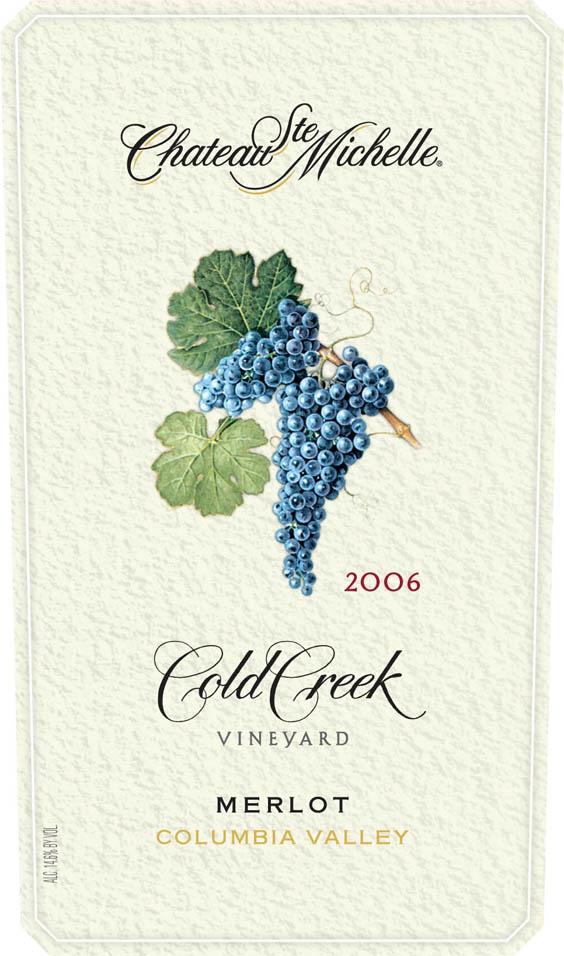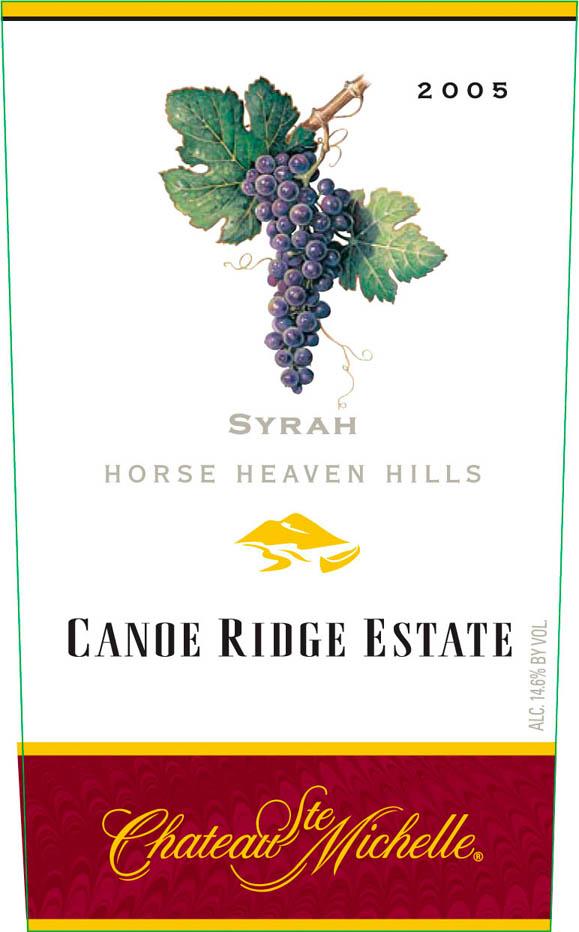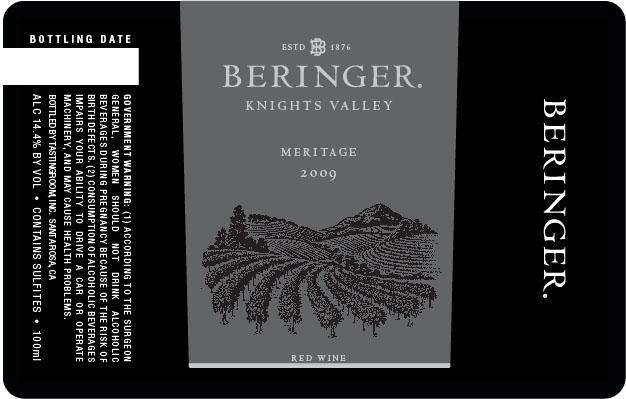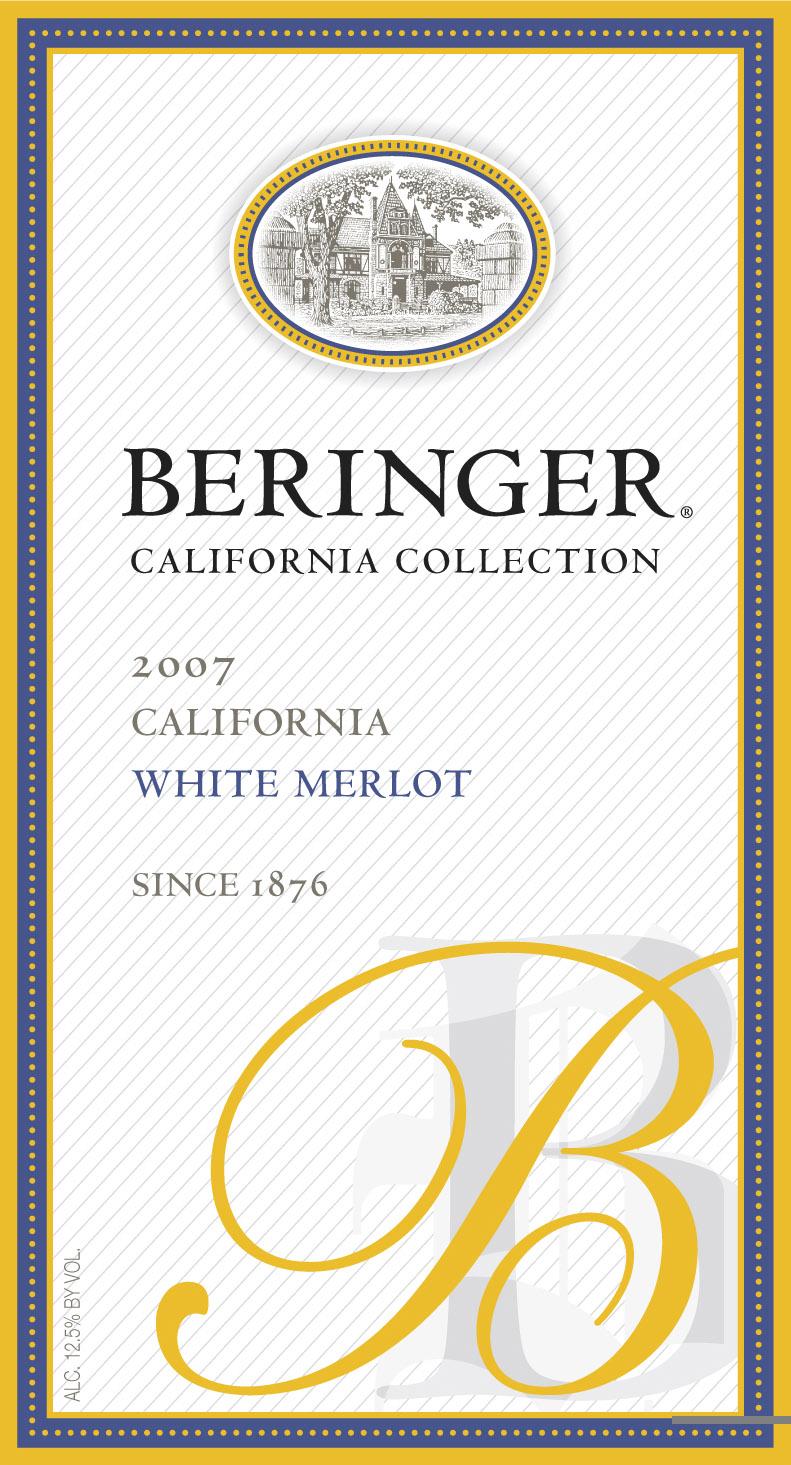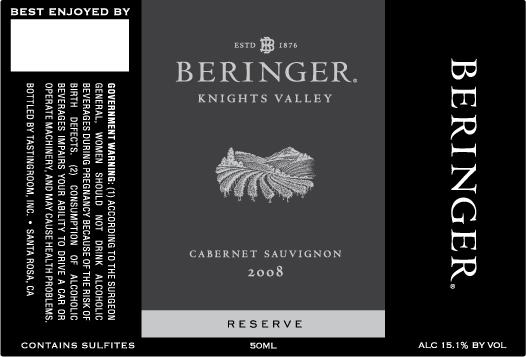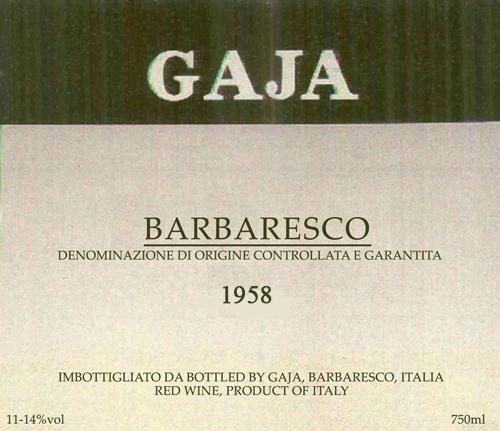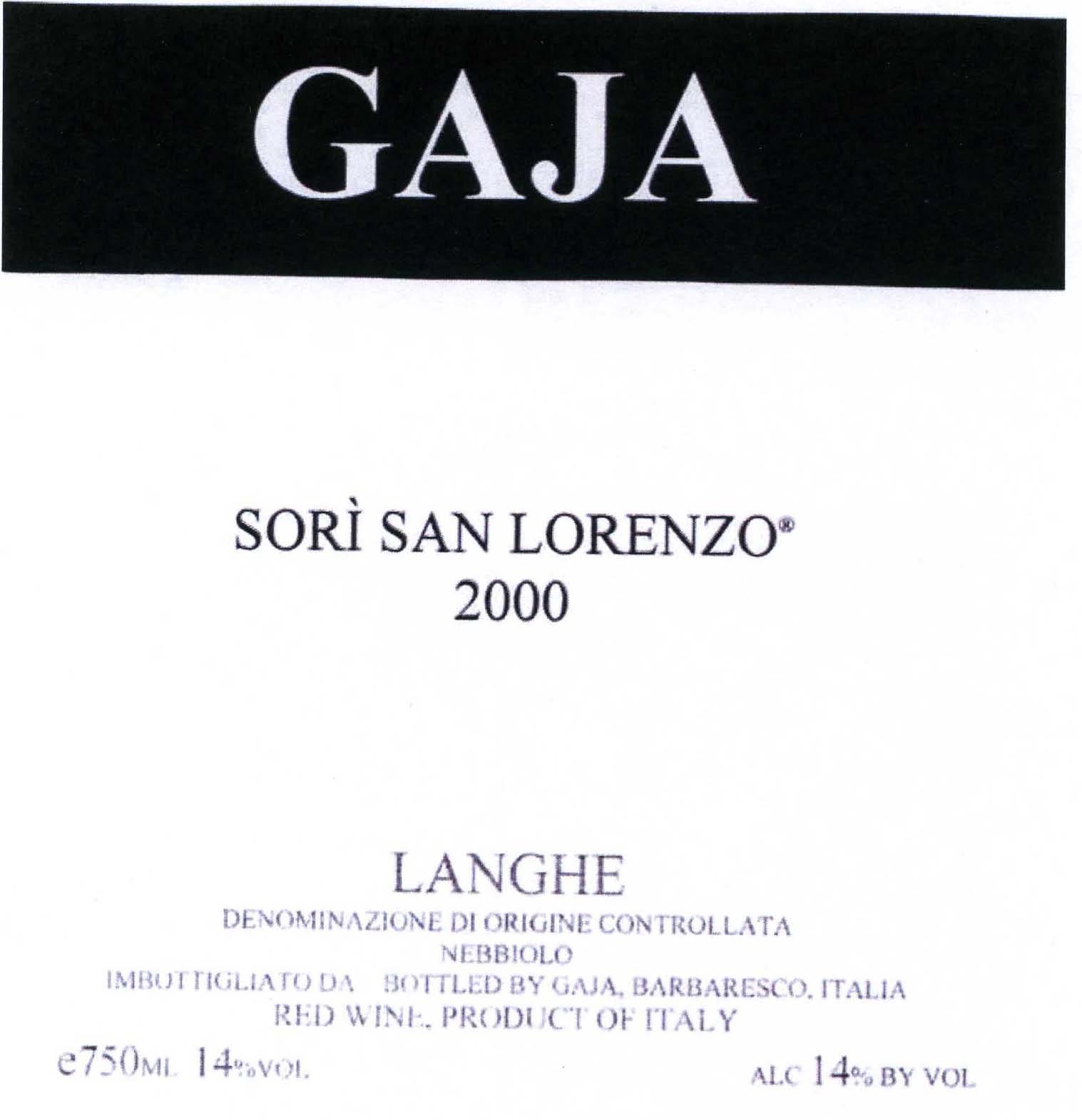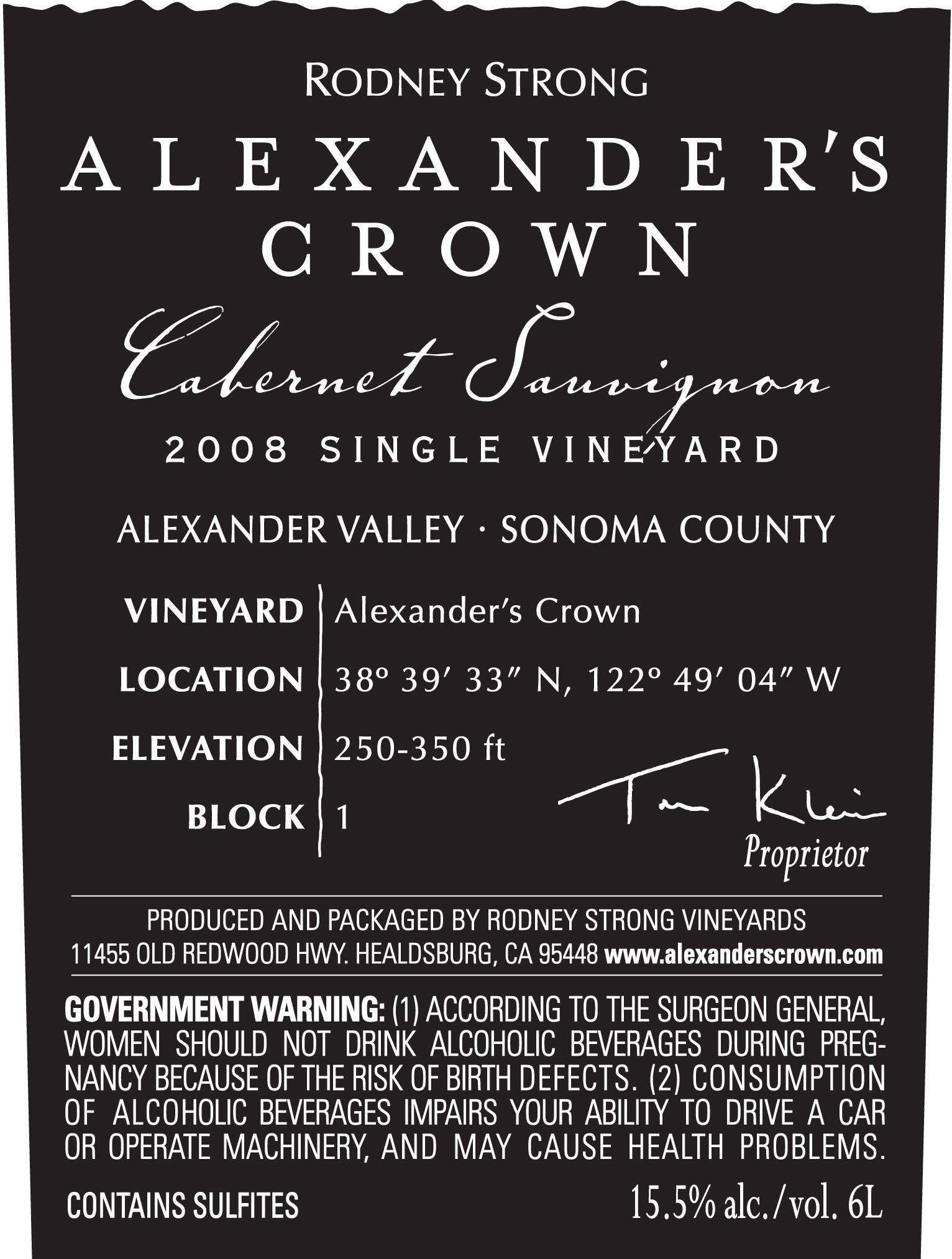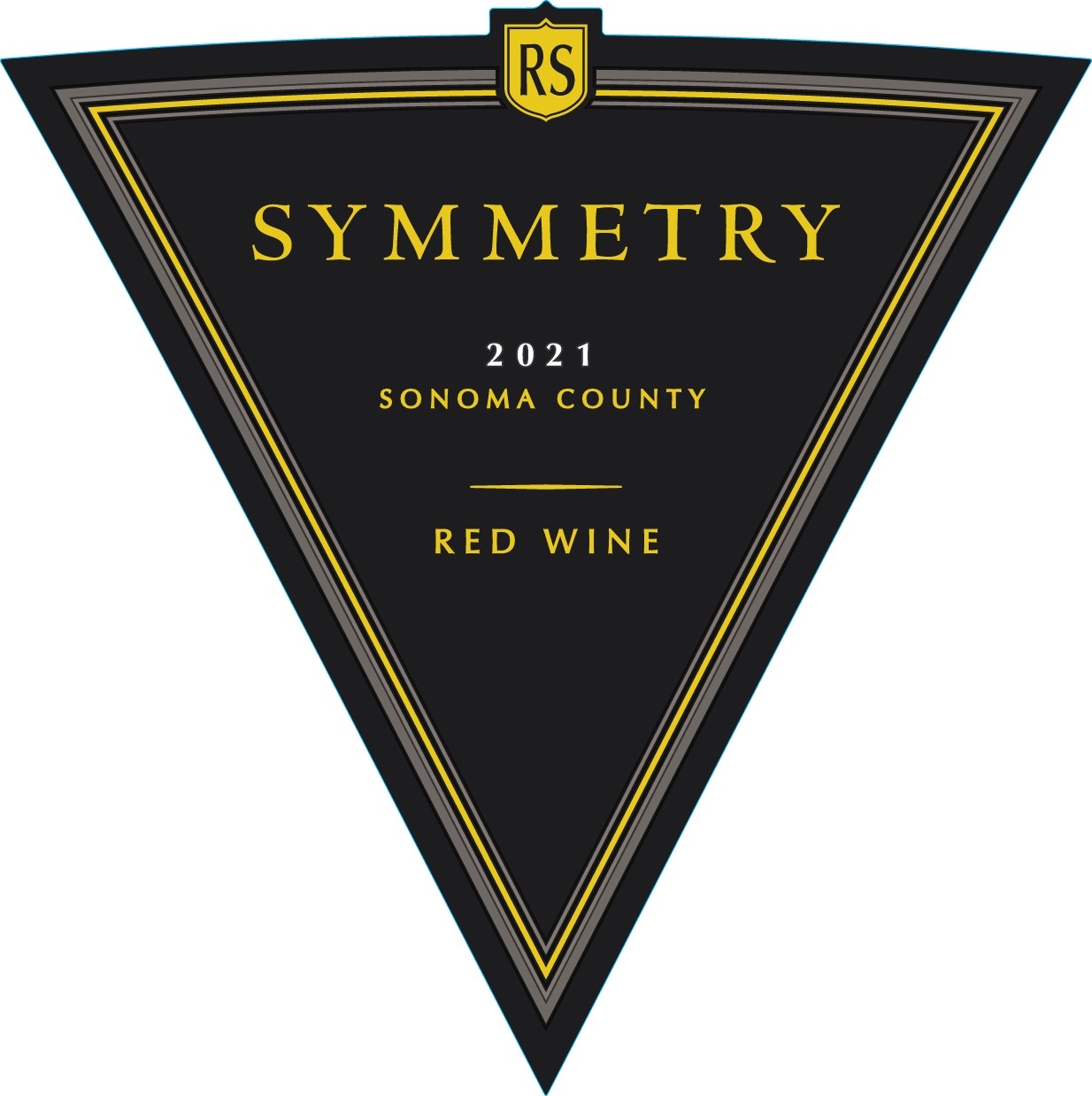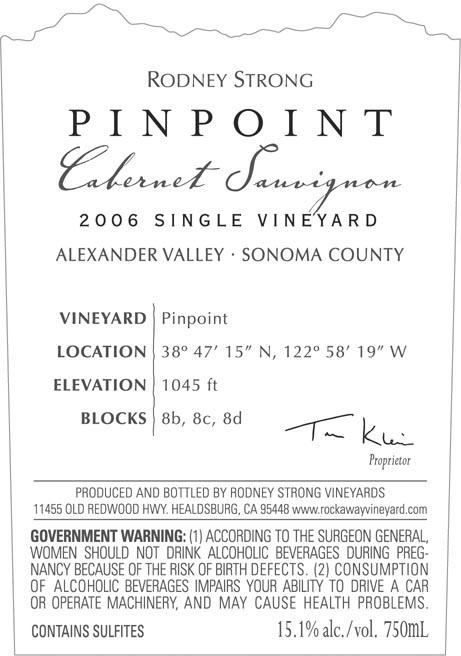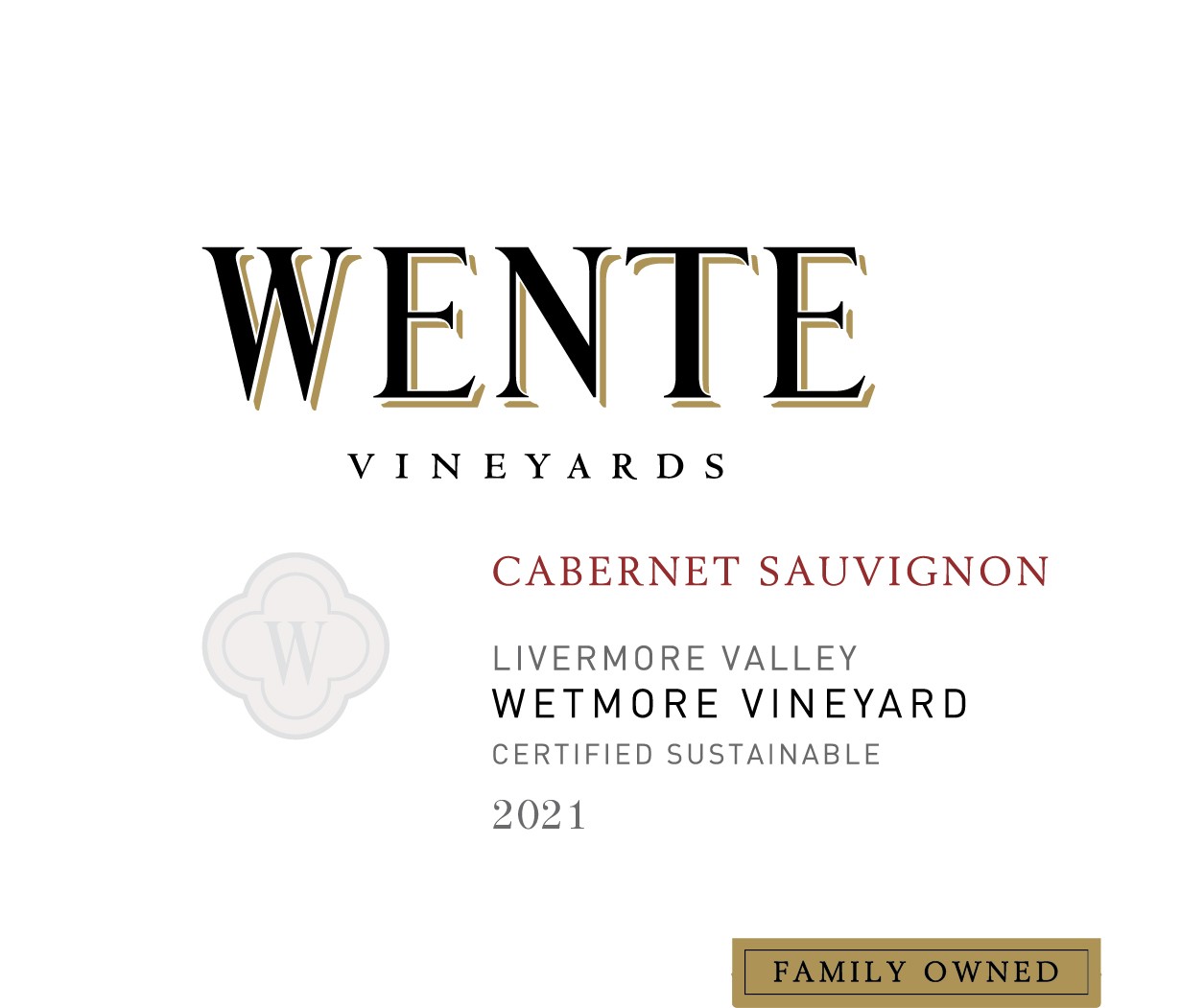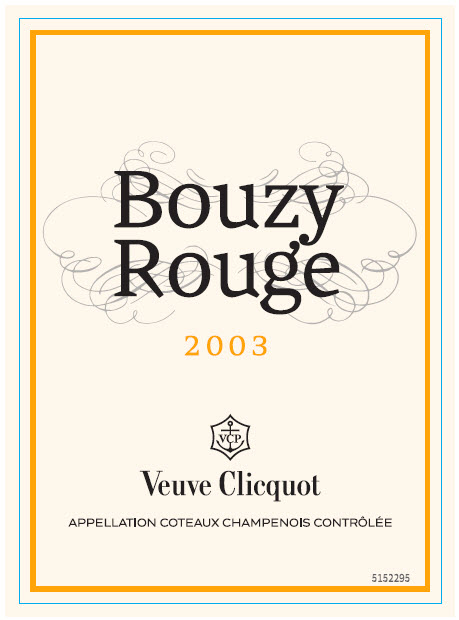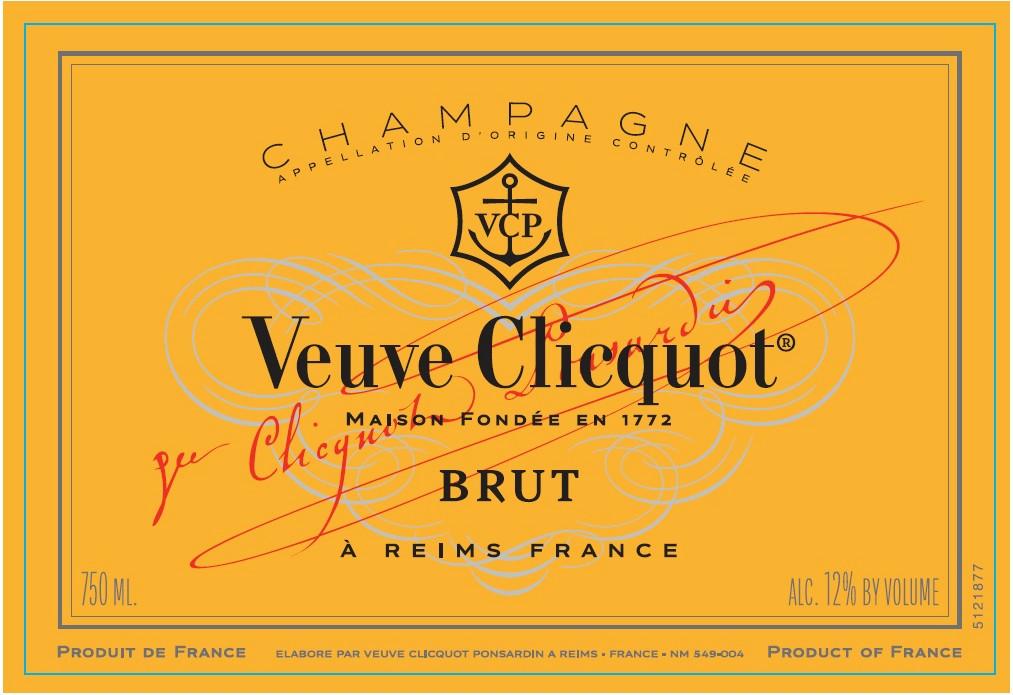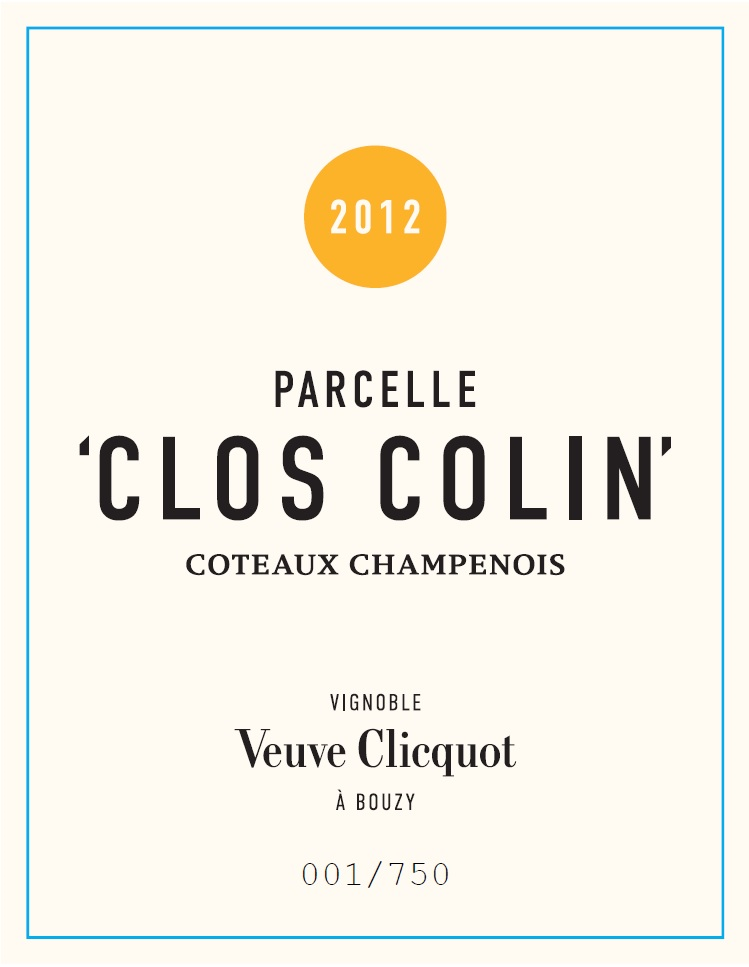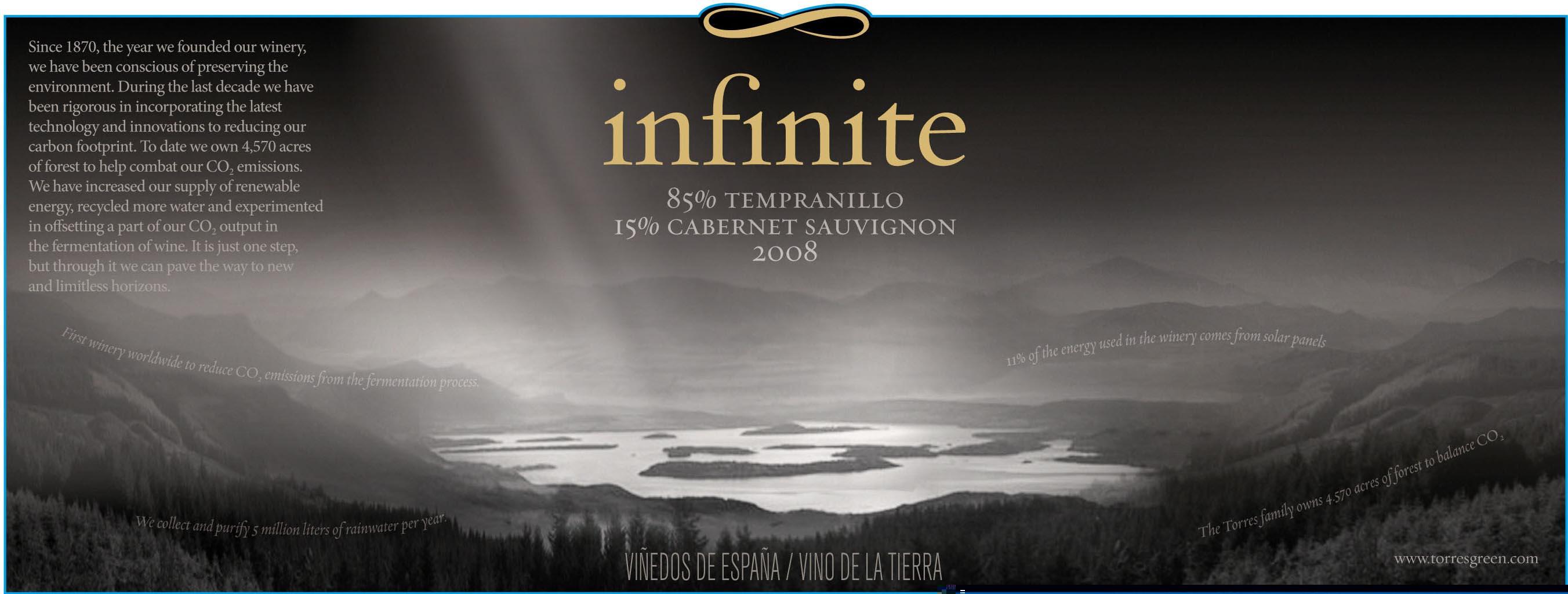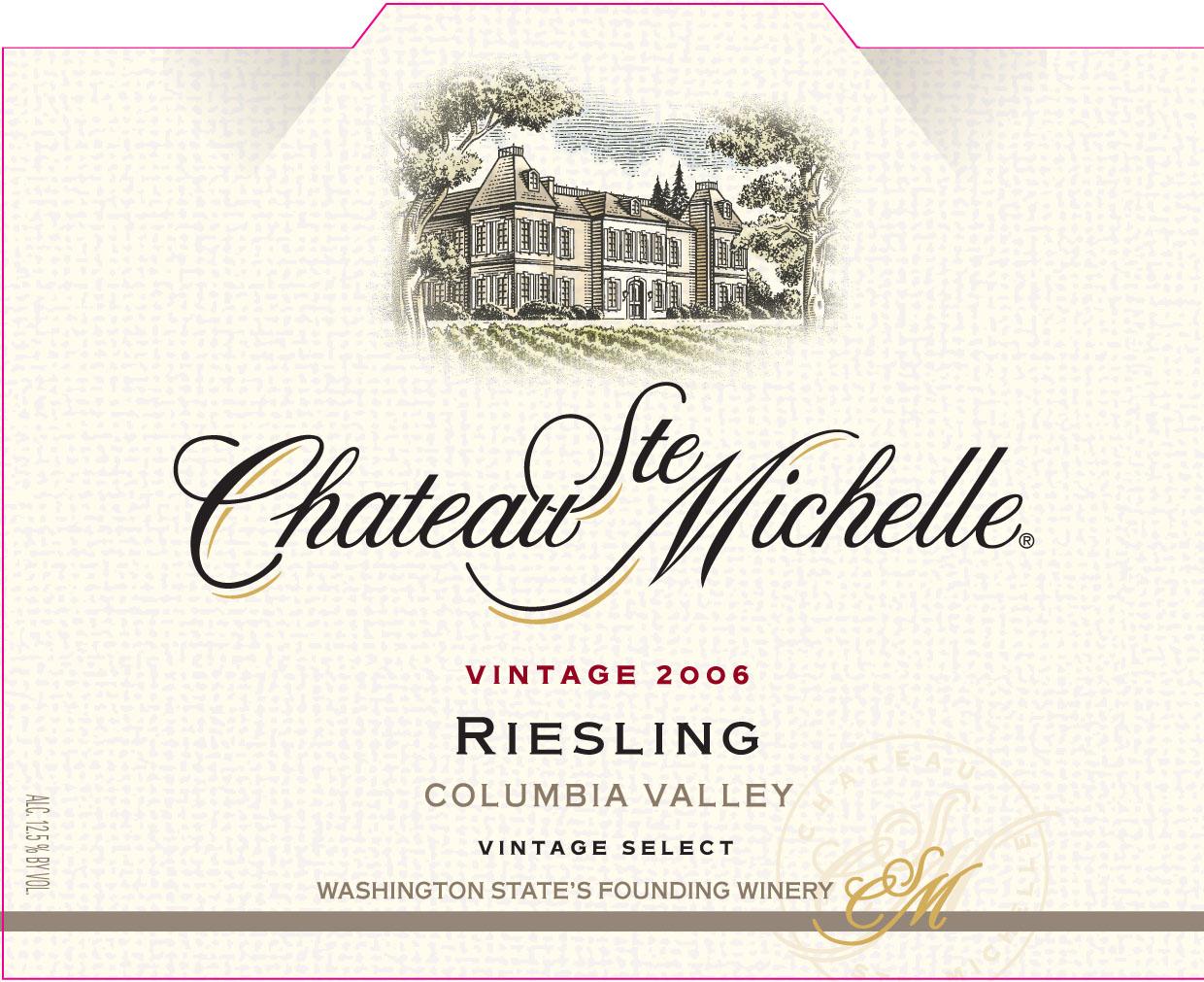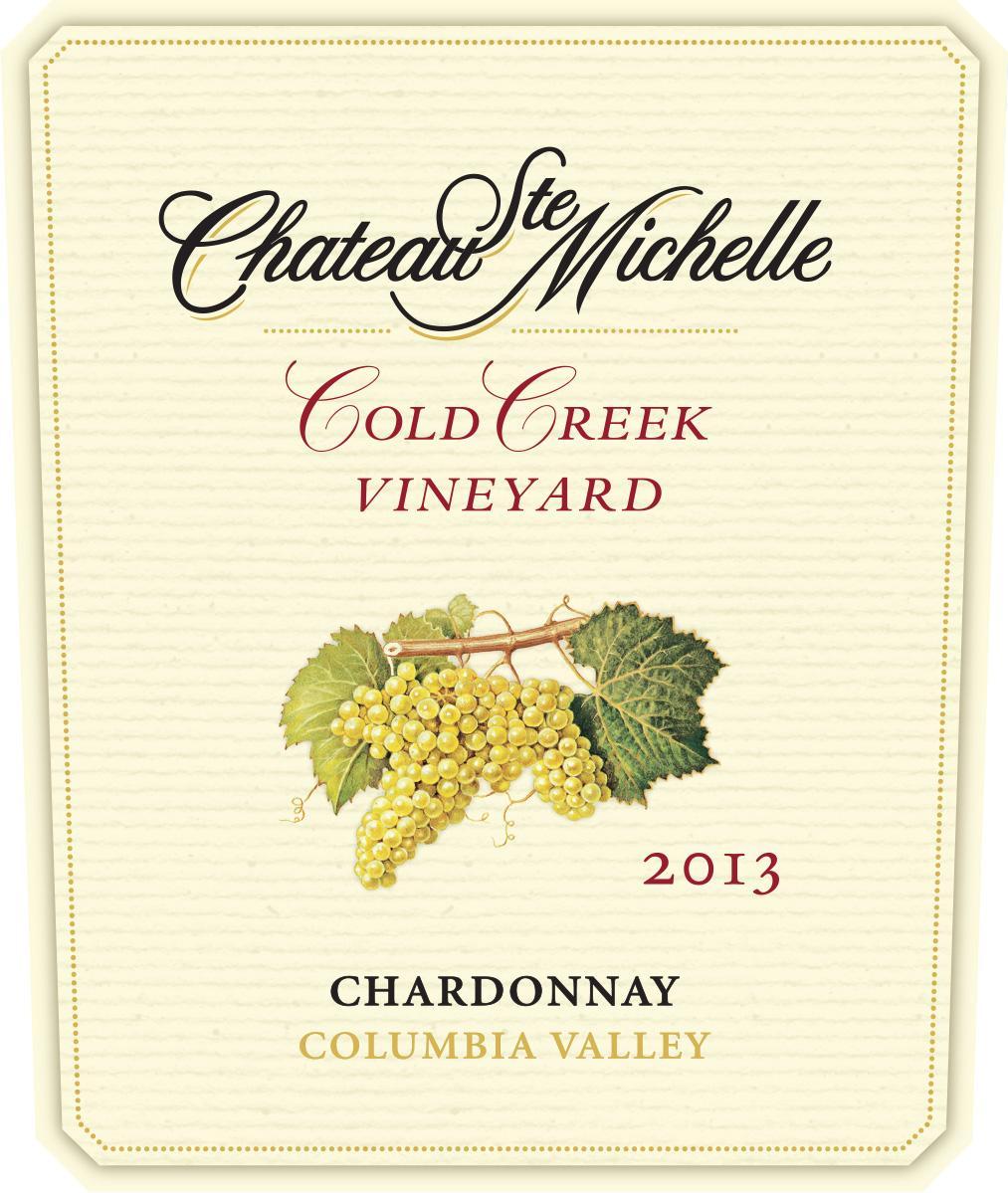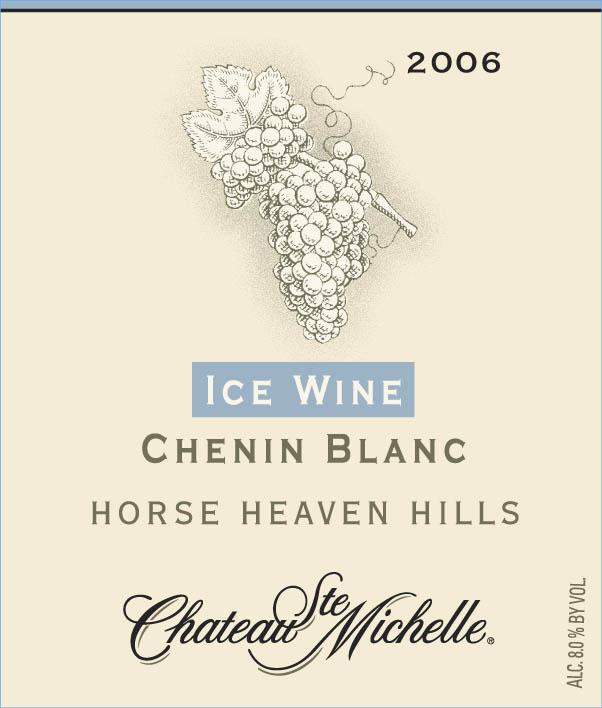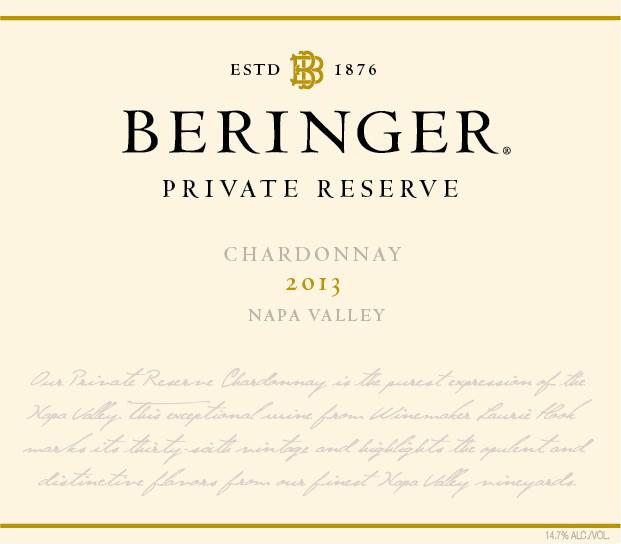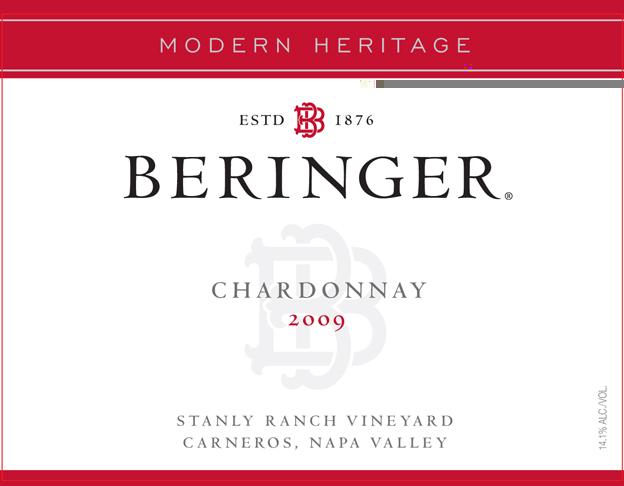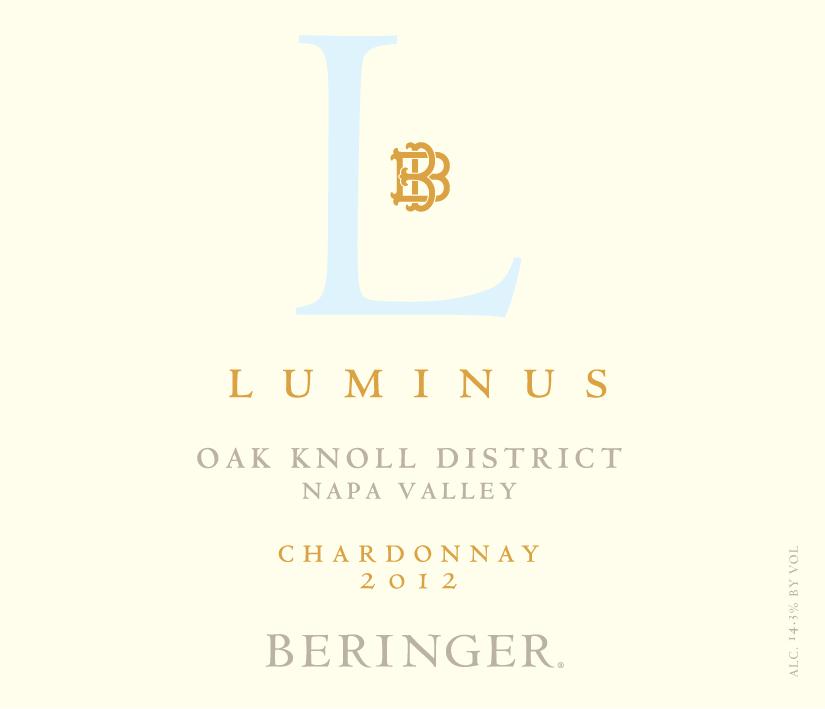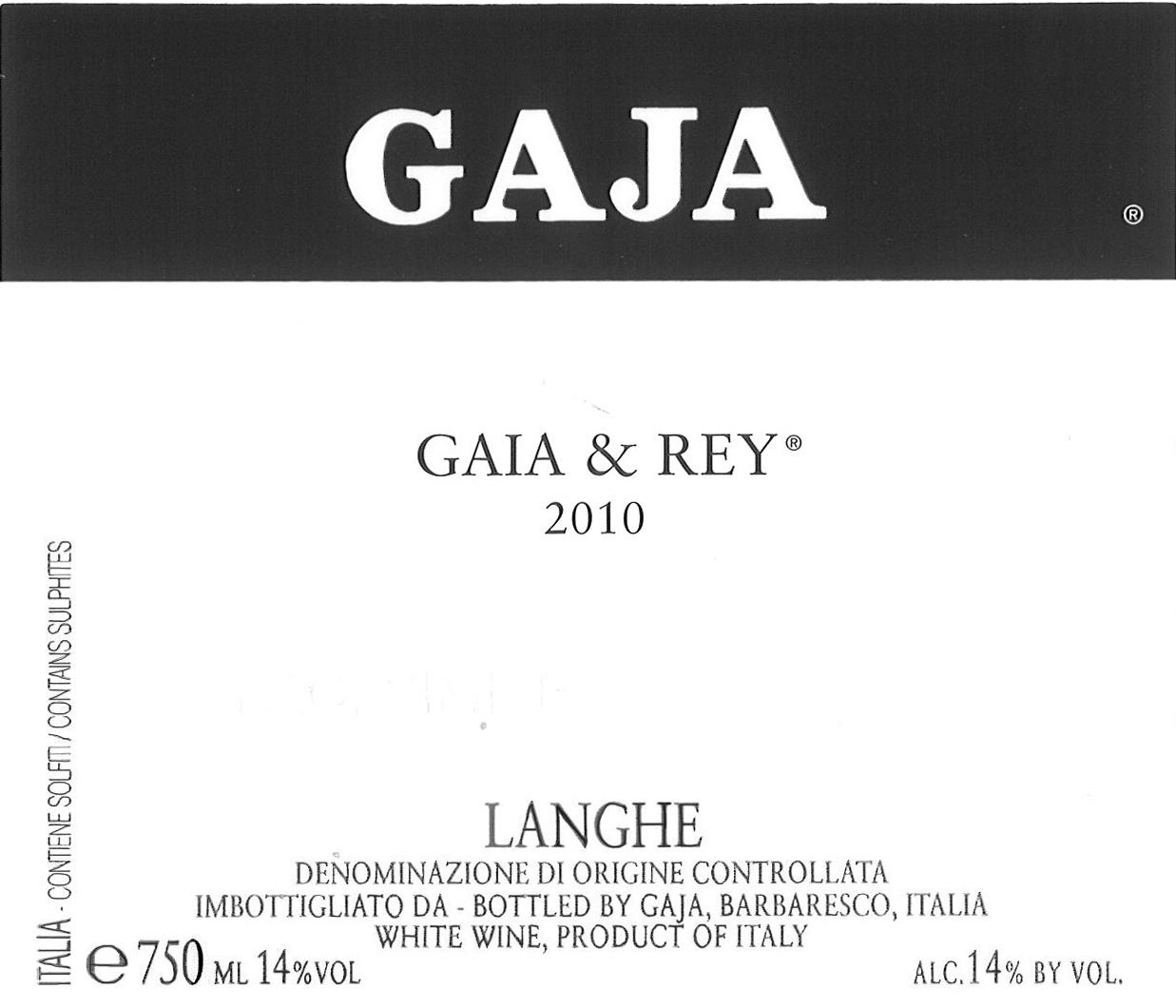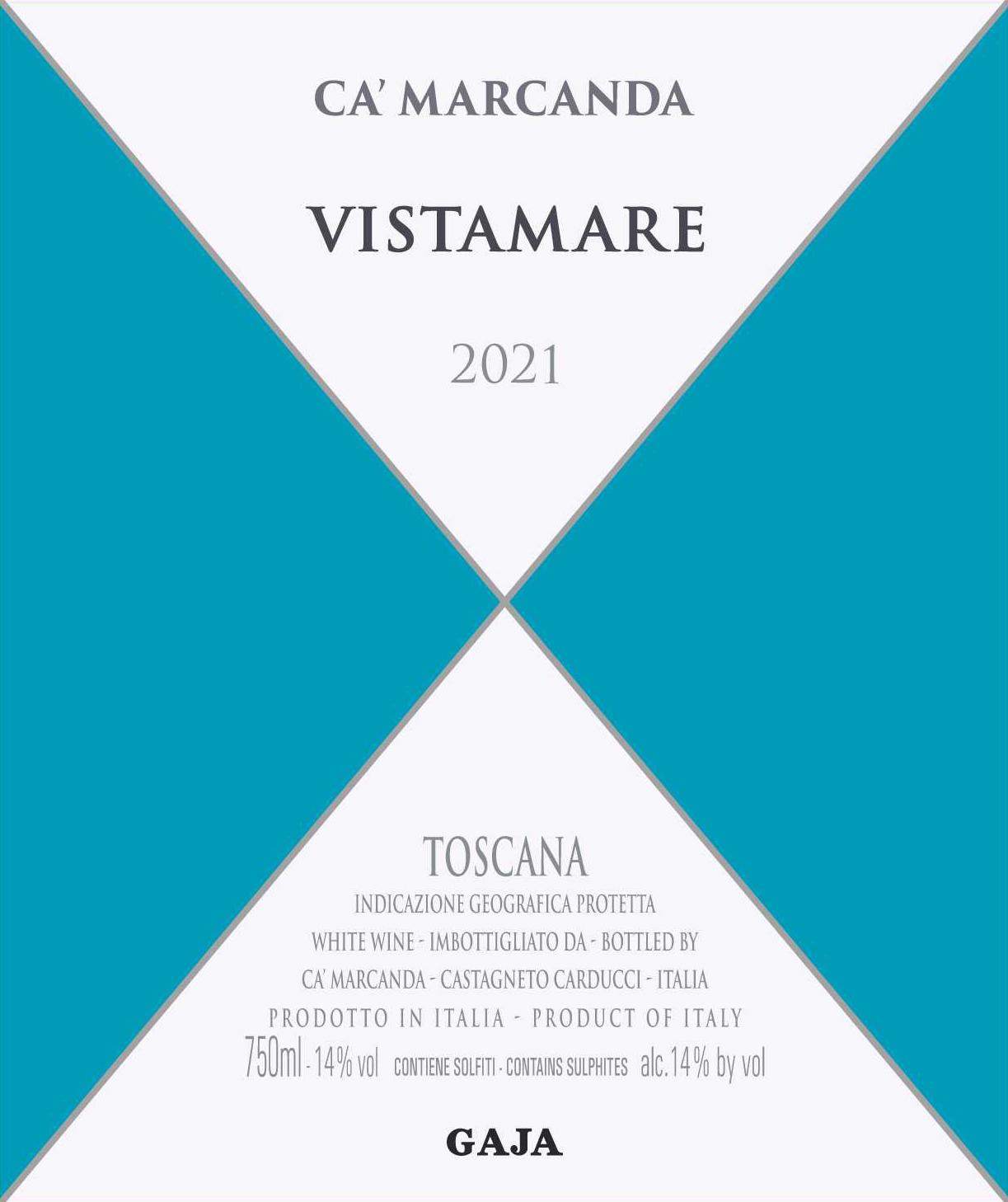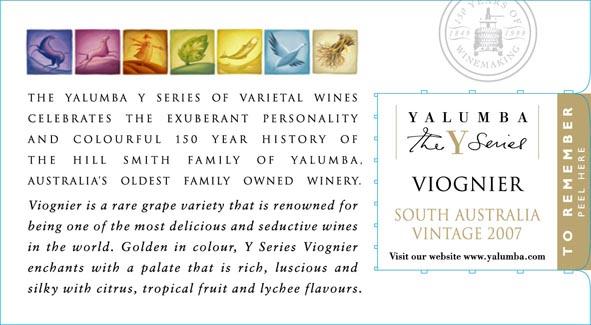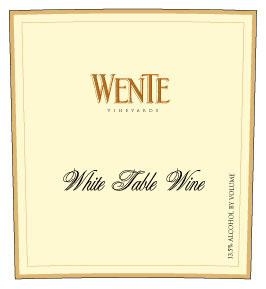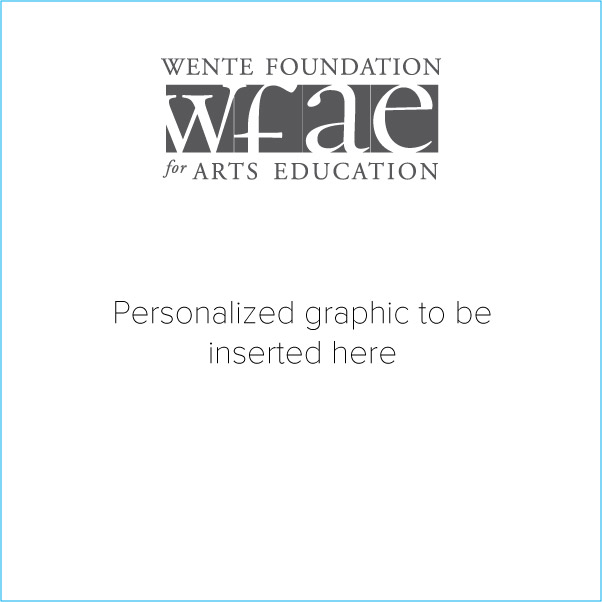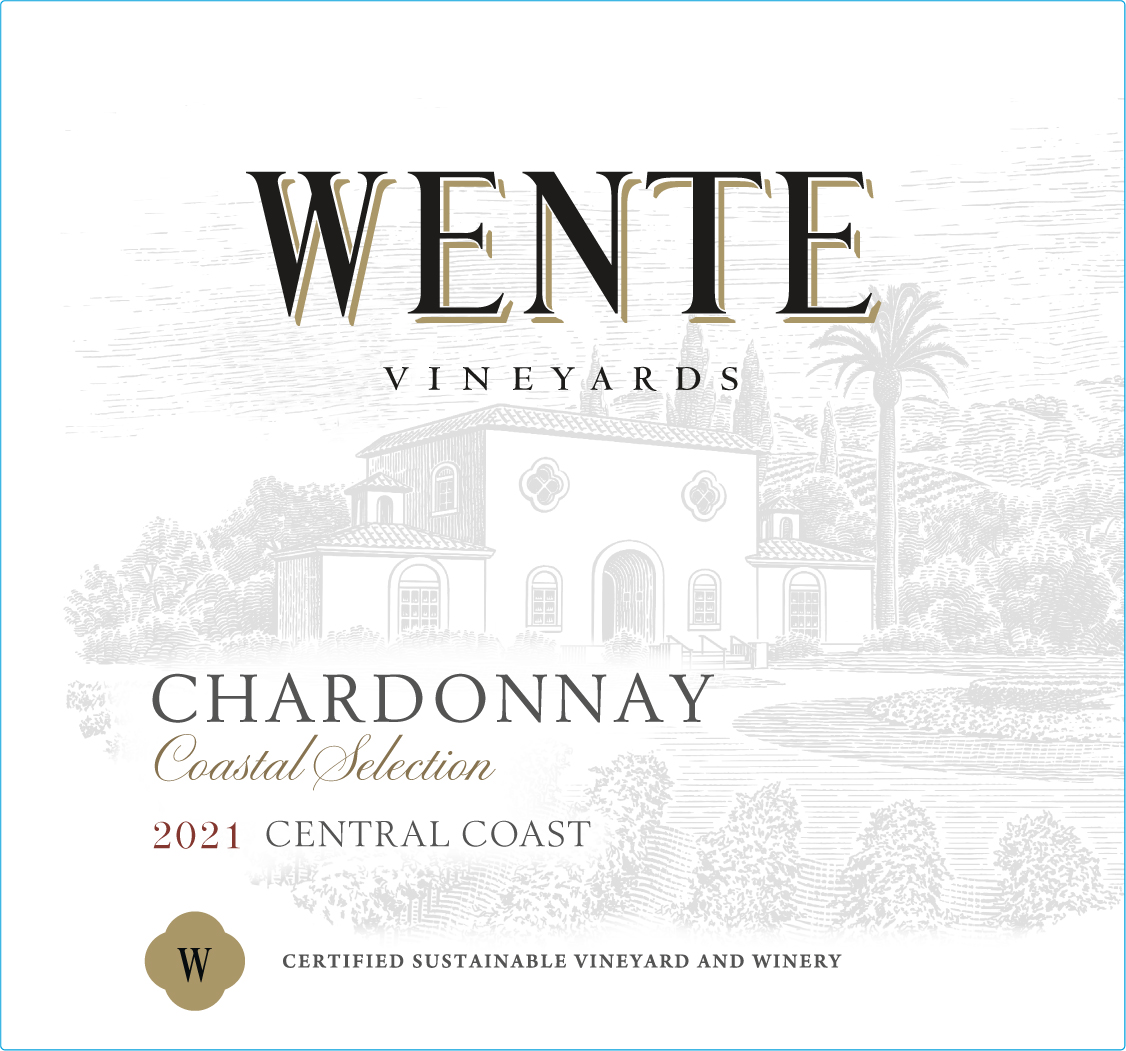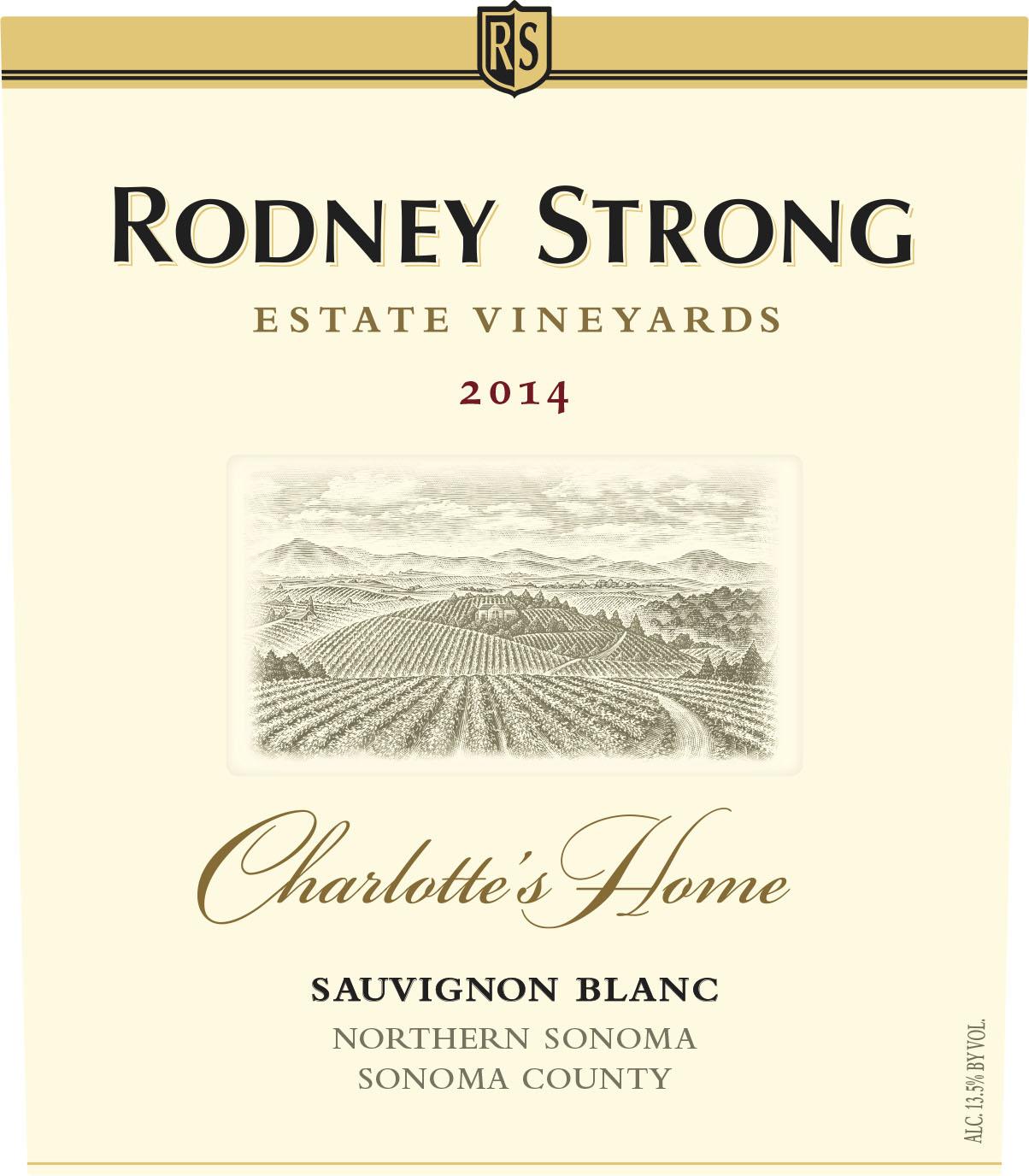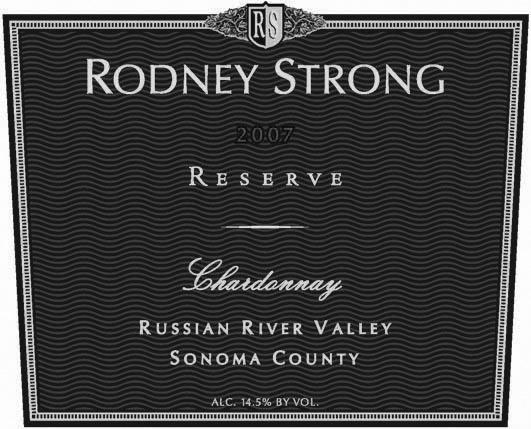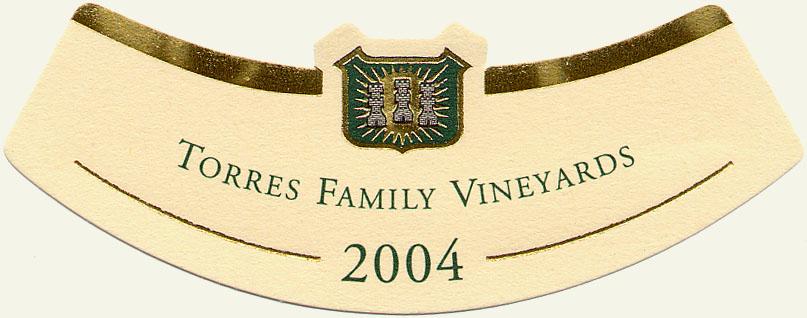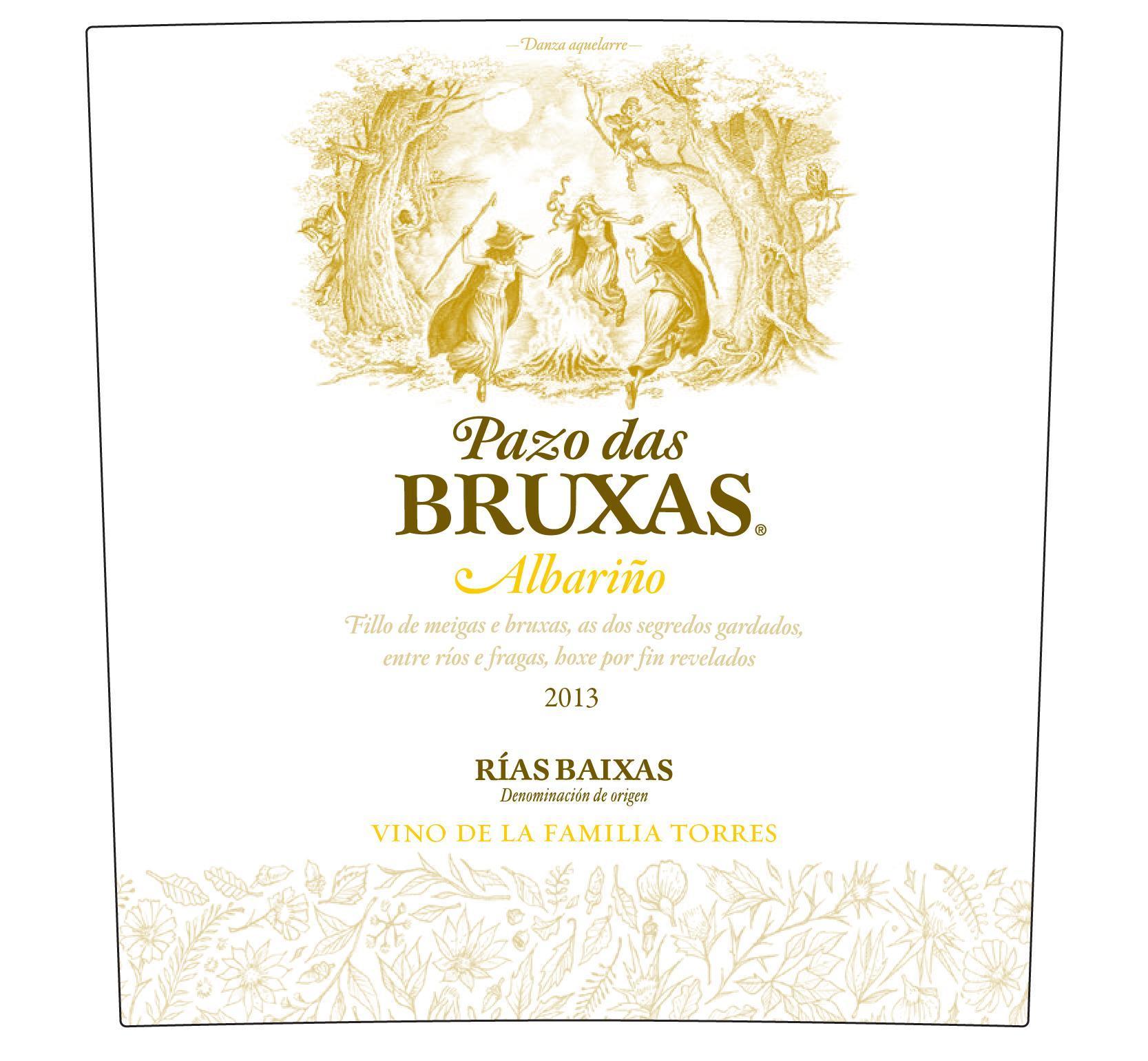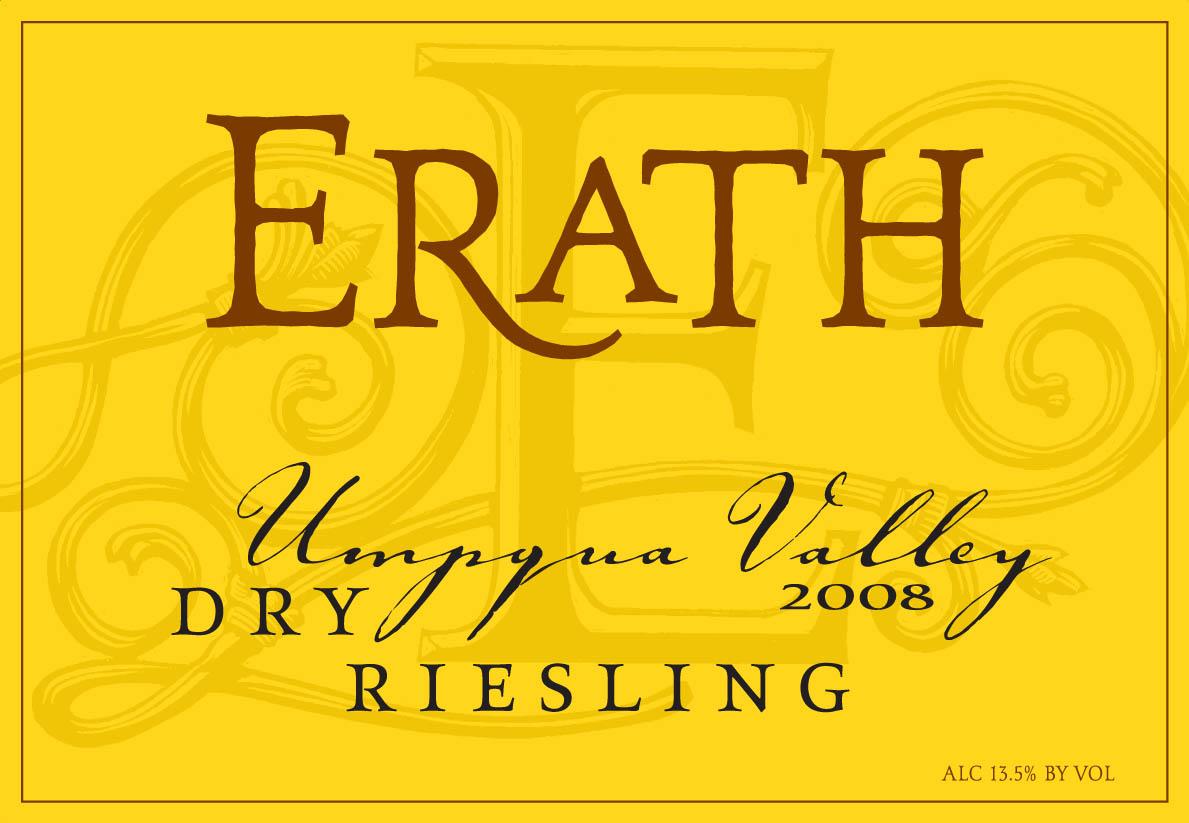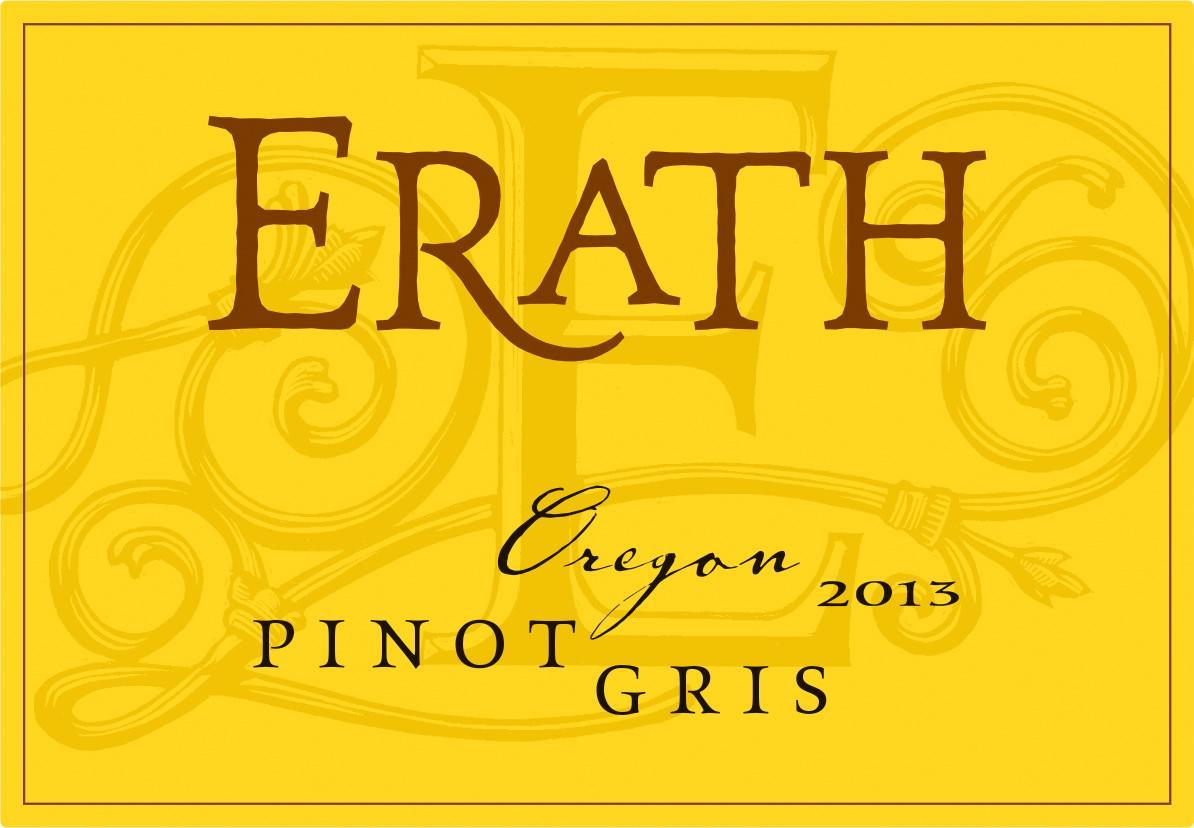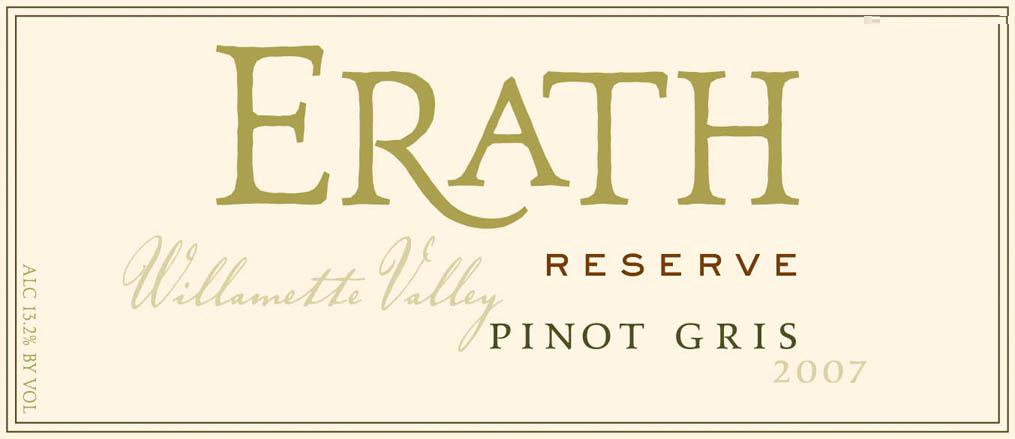Terroir of New South Wales
New South Wales (NSW) boasts diverse terroirs due to its varied climates, altitudes, and soil types that shape each region's wine styles. The Hunter Valley, with its warm, humid subtropical climate, benefits from cooling sea breezes and unique sandy alluvial soils, perfect for crisp Semillon and savory Shiraz. Meanwhile, the high-altitude Orange region enjoys a cool continental climate, with volcanic basalt and limestone soils, leading to vibrant, acidic wines.
Mudgee's temperate continental climate, with deep sandstone and loam soils, favors bold red wines with substantial flavor. In the Canberra District, the extreme continental climate with its temperature swings results in aromatic, fresh wines, particularly Riesling and Shiraz. Lastly, Riverina's hot, dry climate supports large-scale wine production, with fertile alluvial soils ideal for dessert wines like Botrytis Semillon.
Notable Wineries in New South Wales
New South Wales (NSW) is a wine lover's paradise, offering a blend of tradition and innovation across its diverse regions. Here are a few standout wineries that define the area's excellence:
-
Tyrrell's Wines: A historic Hunter Valley producer with a legacy dating back to 1858, renowned for the iconic Vat 1 Semillon.
-
Brokenwood Wines: Known for the Graveyard Vineyard Shiraz, a Hunter Valley classic recognized in Langton's Classification.
-
Philip Shaw Wines: Located in Orange, it excels in crafting refined, cool-climate Chardonnay and Pinot Noir.
-
Clonakilla: A Canberra District gem celebrated for its distinctive Shiraz-Viognier blend.
-
De Bortoli Wines: A Riverina stalwart famed for the Noble One Botrytis Semillon, a benchmark in Australian dessert wines.
Sustainable Winemaking in New South Wales
New South Wales (NSW) is advancing in sustainable winemaking, with the Sustainable Winegrowing Australia (SWA) program playing a key role. This initiative helps winemakers and grape growers measure and improve their environmental, social, and economic practices, aligning with global sustainability goals.
In addition to SWA, many producers in NSW are adopting organic and biodynamic methods, focusing on minimal intervention to protect the land's natural balance. Efforts include composting, integrated pest management, and eco-friendly packaging. These practices not only preserve the environment but also enhance the quality and authenticity of wines from celebrated regions like the Hunter Valley, Orange, and the Canberra District.
By embracing sustainability, NSW's wine industry ensures longevity and resilience, meeting both local and international demand for eco-conscious and high-quality wines.
Wine Tourism in New South Wales
New South Wales (NSW) offers a rich wine tourism experience with diverse regions to explore. The Hunter Valley, known as Australia's oldest wine region, features over 150 wineries and offers a range of tours, from gourmet food pairings to hot air balloon rides.
In Orange, wine enthusiasts can explore high-altitude vineyards with over 30 cellar doors, complemented by events like the Orange Wine Festival. Mudgee, with its historic charm, hosts the Flavours of Mudgee Street Festival, showcasing its artisanal wines and foods. The Canberra District, near the capital, provides a cool-climate wine experience with the renowned Canberra International Riesling Challenge. These regions not only highlight NSW's diverse wine offerings but also emphasize the importance of festivals in enhancing wine tourism, drawing visitors to experience both traditional and innovative wines.




